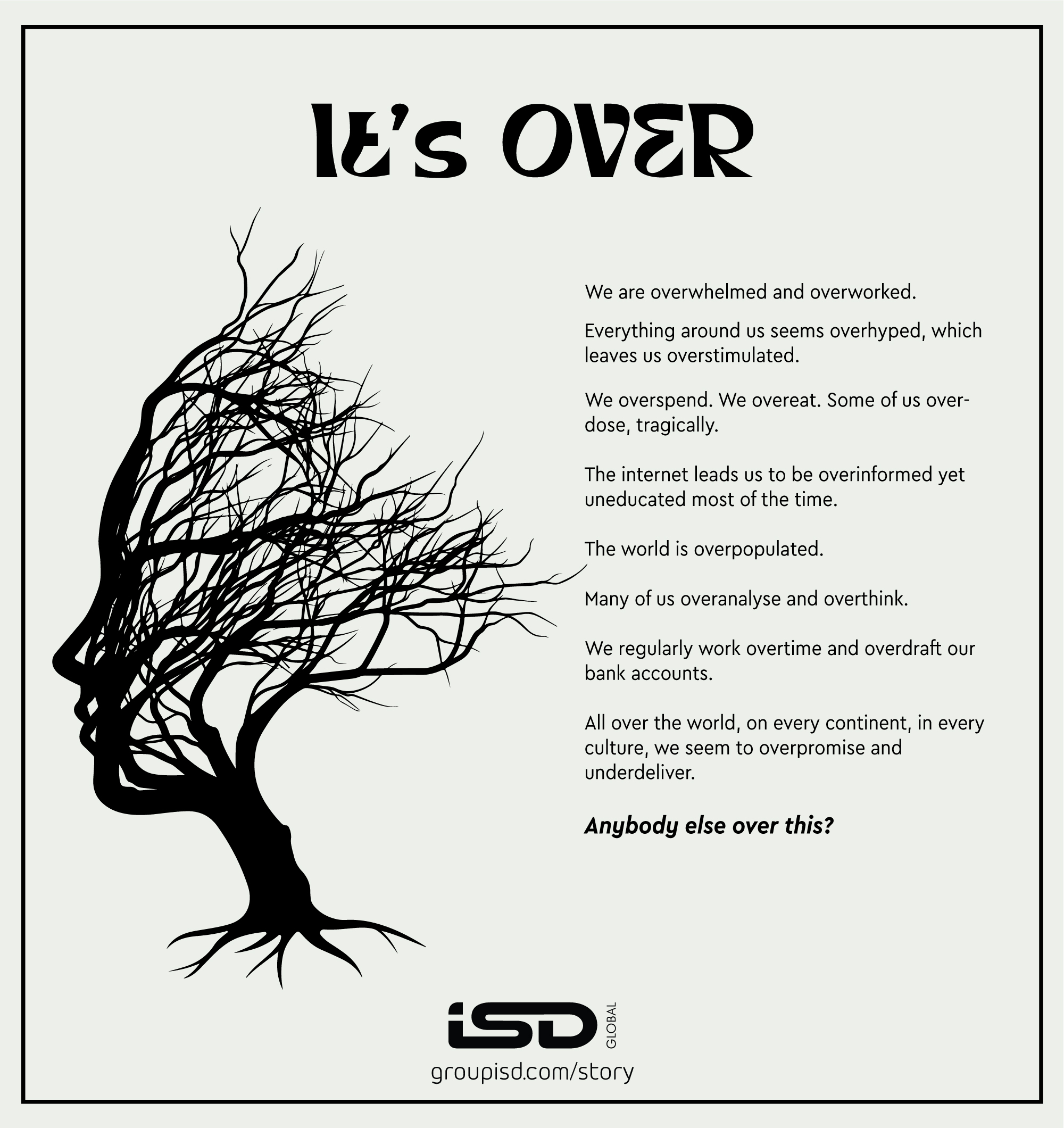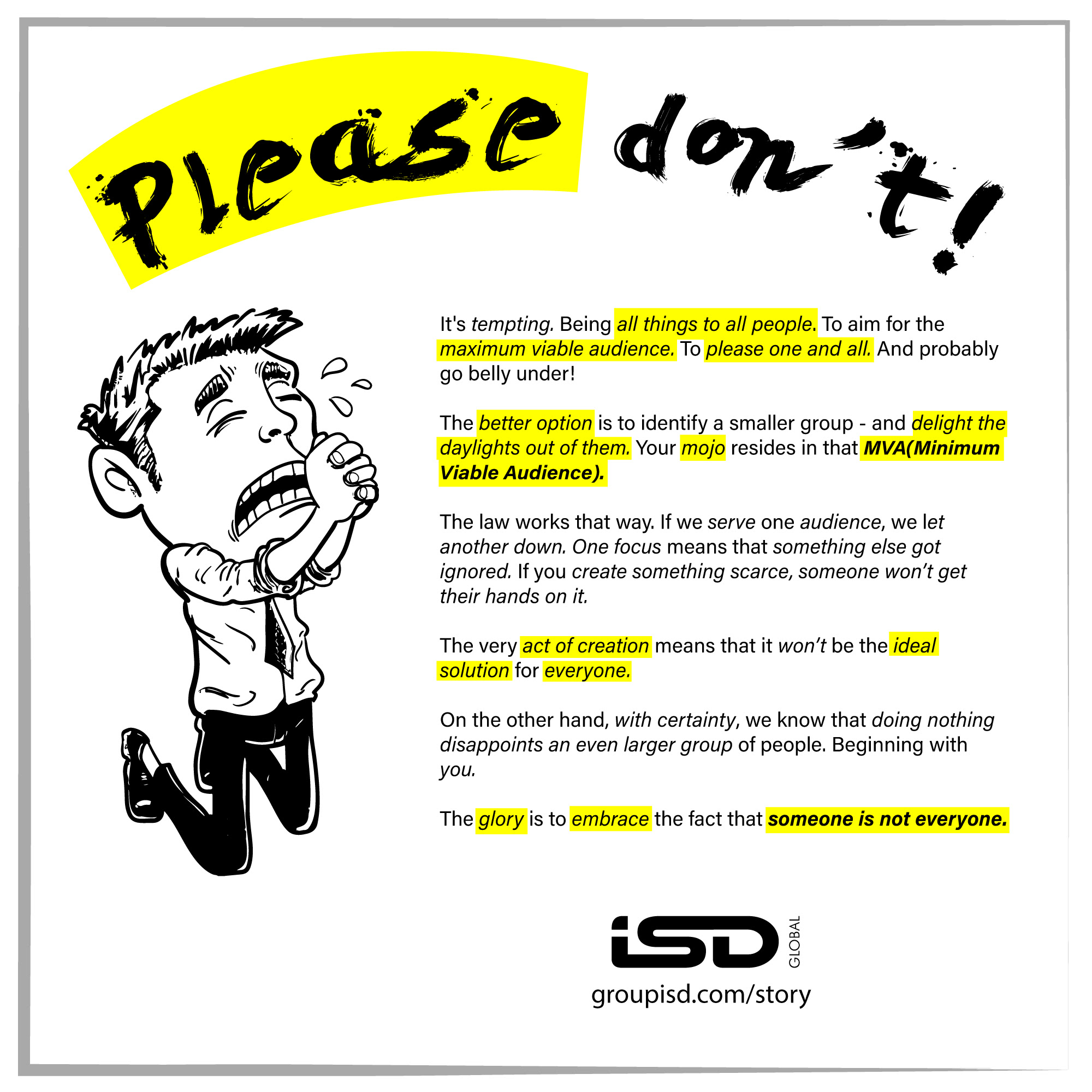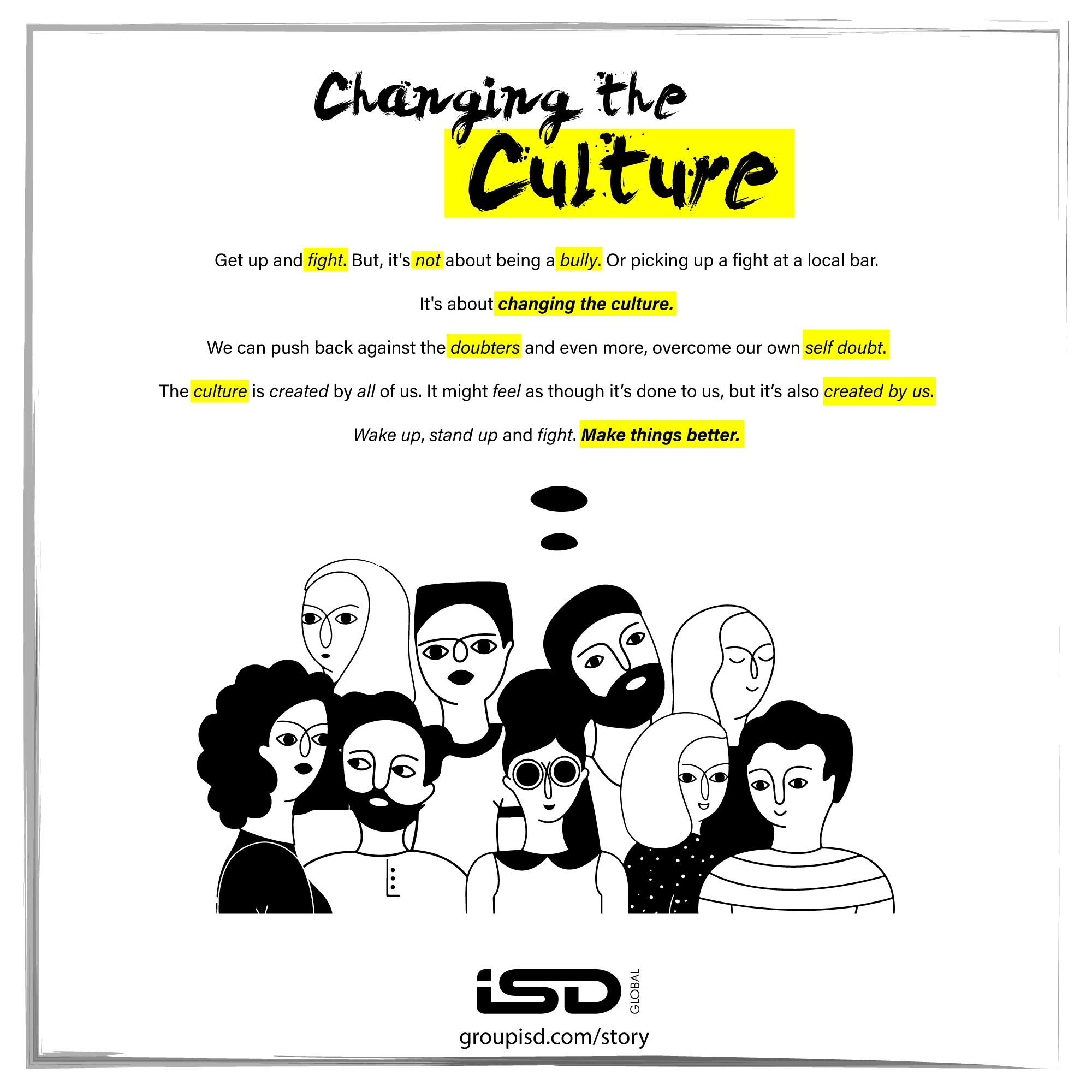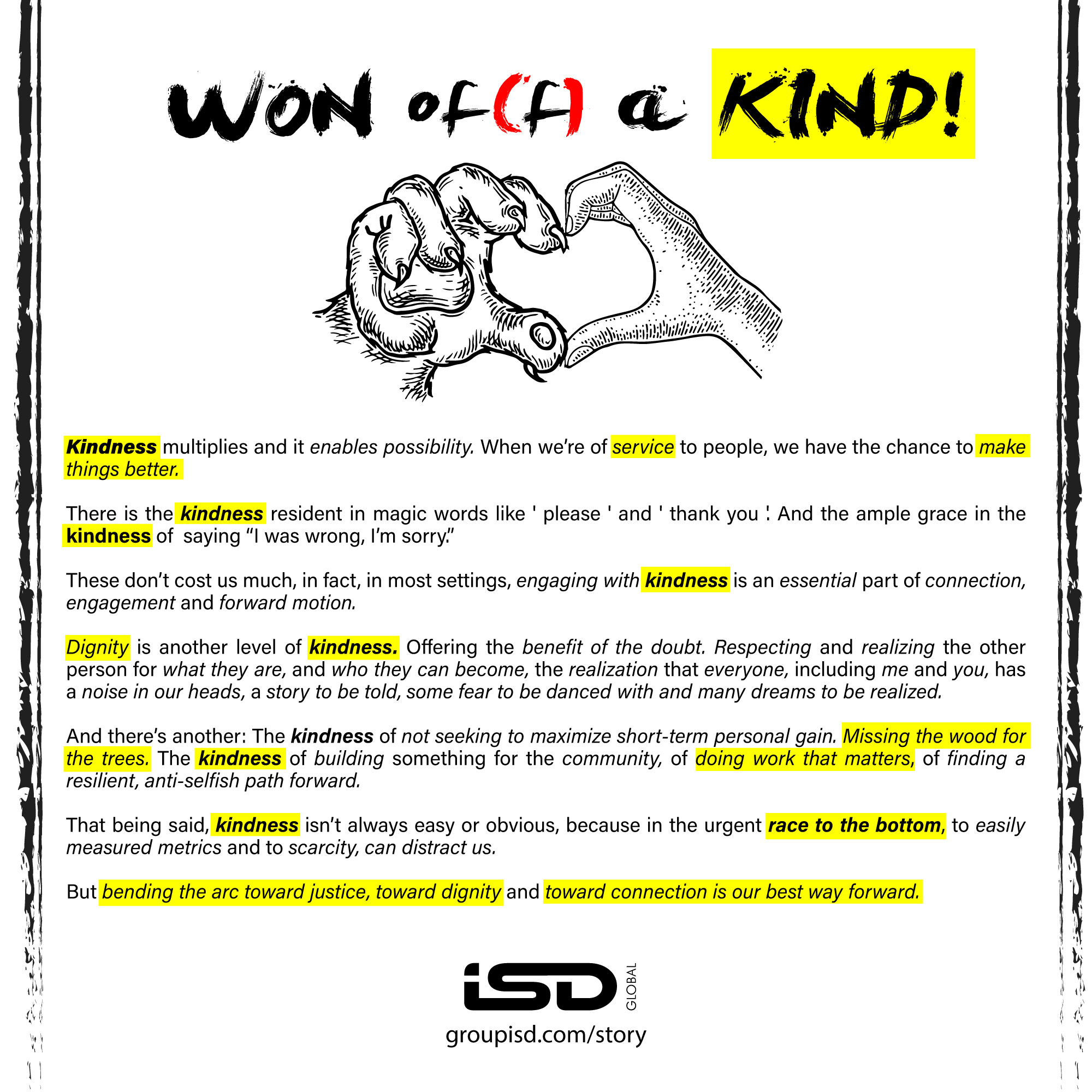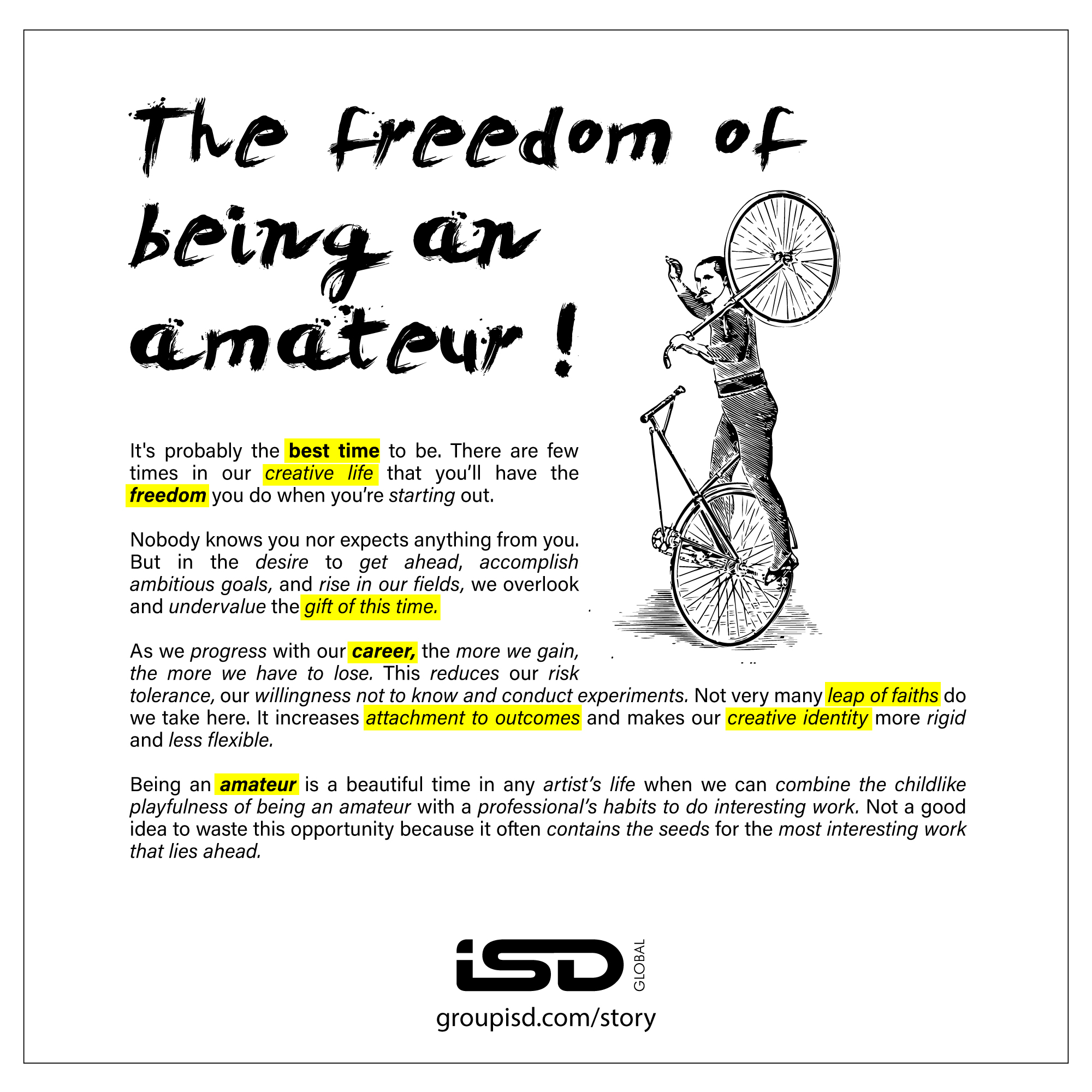Way back in 1998, Ted Nicholas wrote a book called “
The single most important aspect of your life is your ability to communicate. Unlimited success and wealth is as simple as using the right words to reveal herein. These magic words work as if by magic!
Everyday parlance may not value the weight and impact of these words and hence they are an endangered species, fast being relegated to a bottomless pit. Let’s list some of these magic words first and see why we seem to be missing the wood for the trees.
Please
Excuse Me
Sorry | I am Sorry
Thank You
May I?
You are welcome
As you can see these words or phrases are not tongue twisters or heavy to articulate. Still they get the royal ignore. Is it because people have a sense of entitlement and thereby feel that they need not use them? Is it typical power dynamics and not wanting to consider themselves lower in the pecking order of hierarchy? Is it the absence of culture and appropriate upbringing that makes these words superfluous in their scheme of things?
“Courtesy costs nothing, but buys everything.”- Hazrat Ali ibn Abu-Talib A.S
One difference between savagery and civilization is a little courtesy. You would have experienced these often as we trapeze through life’s rat race. You hold the door open for the person behind you and he walks past without even a hint of an acknowledgment, let alone a thank you. You are left feeling like a door knob. You set up a meeting for someone with a person of influence and she manages to get a big contract with that introduction. What do you get? Forget a finder’s fee(that was never the expectation), you are not on her contact list any more!! You are in a queue like a lot of others and this individual goes right up to the front and behaves as if he is the privileged special emissary of the Lord and the rest of us are less than ordinary mortals. Excuse me? And please don’t get me started on road rage!
Have you seen the snap of the finger at restaurants when the self appointed high and mighty calls out to the waiter? The least you feel like doing at that time is to distance his finger from it’s roots once and for all, but then seizures of homicidal tendencies do not a civilization make.
So who | what is to blame for this kind of obnoxious behaviour? Upbringing, K-12 education, organisation culture, life’s rat race, the perennial mercenary quest??
That said, we can all make a start. Now. May I request you to do that? Thank you!
ENDS

